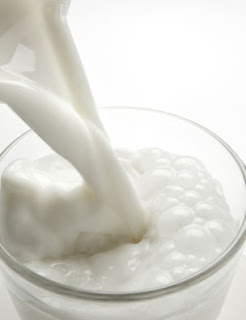Then, in later years, I realised the worth of milk. I got concerned about fulfilling the calcium requirements for my bones and teeth. Self-motivated, I coerced myself to drink milk in its original form without any additives. Gradually, its unpleasantness subsided and I began to drink the liquid with ease if not pleasure.
Over the years, consciousness about the constitution and quality of various food products has increased. Researchers keep conducting studies to assess the benefits and adverse affects of popularly consumed food products. Among these, a celebrated question that has risen is: Which milk should one drink? In deciding their comfort zone, people usually choose between common beliefs, research indications, taste, convenience, and affordability.
Some people believe in consuming fresh milk delivered by the gawala (local milkman) that needs to be thoroughly boiled before consumption. Some people prefer packaged milk products such as MilkPak, Nesvita, Olpers, Good Milk, Dairy Queen, Prema, Dairy Pure, Dairy Omung, Gourmet Milk, Anhaar, Nido, Millac, Adams, and Skimz. Then there are also the tea-whitening milk types which are just tea-whiteners and not in essence nourishing milk. Examples of these include Haleeb, Tarang, and Everyday.
For me, Milkpak serves as my usual taste buddy. Nesvita follows with its good taste and added attraction of low fat constituency. The latter is, however, compromised by its higher price tag. These days, I am following a recommendation for Nido and that too only Holland-made Nido. Nido has a typical taste that one needs to get used to. Lately, I tried Olpers which has a passable taste. I have also tried Anhaar and Prema which seemed okay too.
Prema emerged as a packaged milk that requires refrigeration and expires within a few days. It became well-liked soon, though its short-spanned life and litre packing makes it a bit of a challenge to swiftly purchase and consume. However, some claim that the shorter the shelf-life, the closer a substitute the milk would be for pure unadulterated milk fetched directly from dairy sources. Anhaar, a recent entrant, lasts a few more days than Prema, and is being popularly tried as well. It would be more convenient if these milk types are also made available in smaller quantities for easier consumption.
The milk industry in Pakistan is thriving with its several players actively competing against each other by engaging in dynamic advertising to allure customers. Though the constituents of various milk products might be a question mark, consumption patterns vary with consumer appeal. With the one percent increase in sales tax - from 16 to 17 percent - announced in the national budget last week, all consumer products including milk will bear the brunt of increased prices. Since milk is a regularly consumed product, it makes a great difference in the buyers' purchasing power. As always, the milk game goes on.

No comments:
Post a Comment